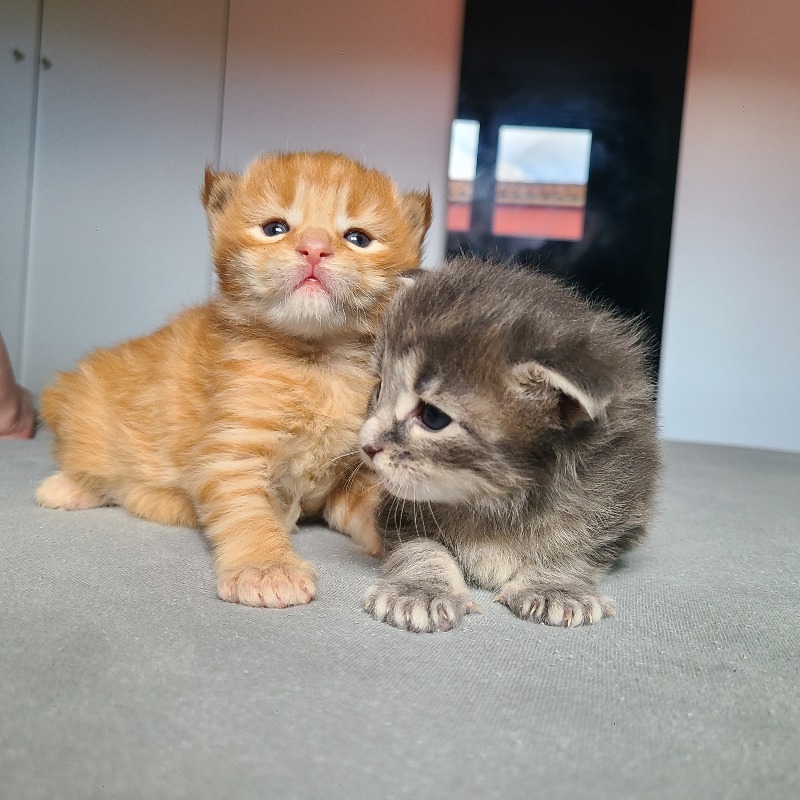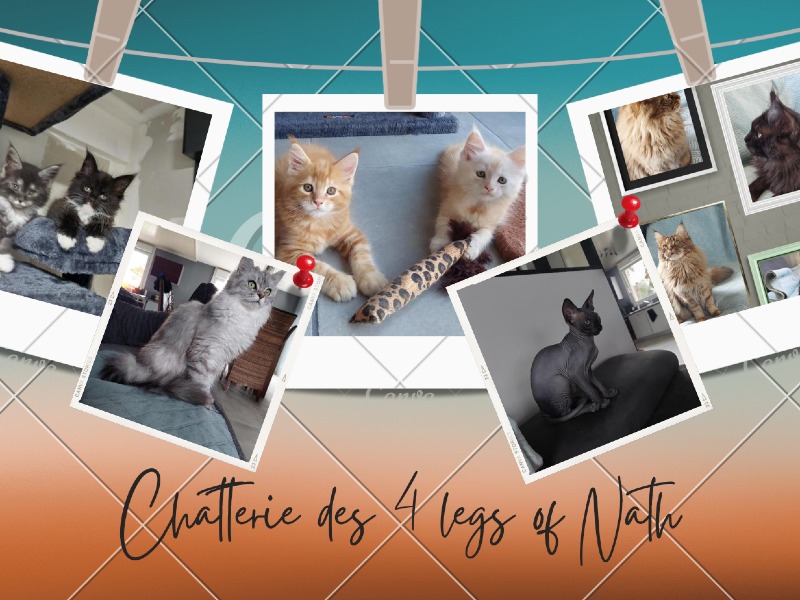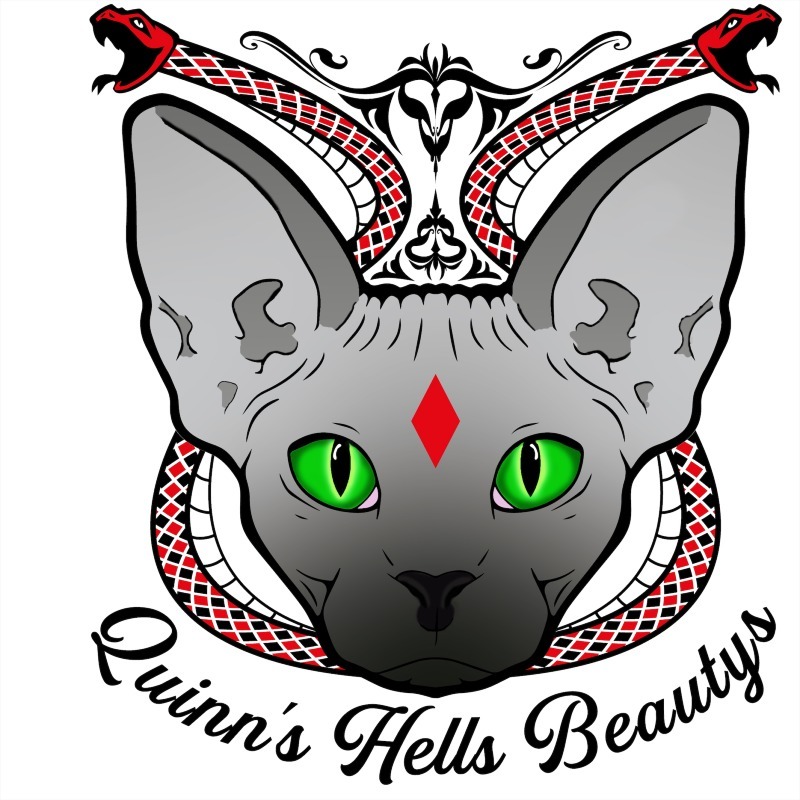Sphynx
Welcome to our page dedicated to the breed of cat sphynx!
Here, you will find all the useful information about sphynx. This descriptive profile will allow you to discover the aspects of this breed. You can notably consult information about the average price, monthly and annual upkeep expenses, their health, name ideas, as well as their official recognition by competent authorities.
Explore this page to discover everything you need to know.
Overall description of the breed
The origins of the Sphynx cat are not perfectly defined, but written records and engravings depicting it have been discovered in the 20th century, dating back to the time of the Inca people. Other more recent representations from the 19th century, still in South America, were found by chance, mentioning the existence of hairless cats in Mexico for millennia. More recently, in the 1930s, the first births of Sphynx cats were officially recorded in the United States and France.
In 1970, Dutch breeder Hugo Hernandez imported a few subjects from the United States, all carrying the hairless cat gene, thus marking the first specimens present on the European continent. He embarked on a rigorous breeding and selection program with the goal of presenting his first Sphynx at an exhibition in the Netherlands in 1973.
A decade later, a French breeder presented subjects from their breeding at a Parisian exhibition, achieving great success. Despite its unique appearance, the Sphynx cat ultimately gained popularity in the late 20th century, becoming globally renowned. This breed is now recognized by most major worldwide feline organizations.
Its morphology and appearance are truly atypical, highlighted by its completely hairless body, emphasizing its folds and wrinkles on the forehead, legs, and neck. This gives it an unmistakable look. The Sphynx cat is medium-sized and has a solid body structure with sturdy bone. Standing tall on its legs, its musculature is developed, powerful, and energetic.
Its smooth and soft skin might surprise upon first touch, but its charm and distinctive meowing will win over even the most skeptical. It's important to emphasize that the gene responsible for the absence of fur is naturally present in the DNA of the Sphynx cat, without genetic manipulation or human intervention, except for careful breeding.
The Sphynx cat has an incredibly sociable temperament and is exceptionally close to humans for a feline. All happy Sphynx owners can attest that it truly craves affection. It is an extremely affectionate pet, always seeking warmth, contact, and human presence. It also gets along well with other animals, whether fellow cats, dogs, or other species.
Non-aggressive, it prefers to withdraw rather than engage in conflicts. Intelligent and playful, it is very fond of food and willing to do anything to get it, so it's advisable to monitor its weight. In general, cats are somewhat solitary and independent, but the Sphynx cat struggles with prolonged absences of its owners. If you appreciate cuddly cats and ever-present companions, the Sphynx cat is the one for you.
In adulthood, its weight ranges between 3 kg and 5 kg (6.5 to 11 lbs) and its size reaches approximately 30 cm (12 inches).
Awareness of acquiring an animal
Each animal is a sensitive being, deserving love, attention and care.
When you choose to adopt an animal, you take on the responsibility of ensuring its health and well-being throughout its life.
To learn more about animal welfare, we invite you to consult our FAQ by clicking the button below:
Origins
The Sphynx, known for its lack of fur, originates from a natural genetic mutation. The breed as we know it today began to take shape in the 1960s in Canada, following the birth of a hairless kitten named Prune. Breeders then crossbred Prune and other cats with this genetic mutation to create a completely new breed, the Sphynx, taking care to develop a standard that values not only its unique appearance but also good health and a friendly temperament.
History
Since its creation, the Sphynx breed has aroused both curiosity and admiration. Officially recognized in the 1970s, the Sphynx has slowly but surely gained popularity around the world, appreciated for its exotic appearance and exceptionally sociable character. Breeders have worked determinedly to ensure the viability and health of the breed, carefully crossbreeding to maintain genetic diversity and reduce the risks of hereditary health problems.
Standard
The standard of the Sphynx breed emphasizes a muscular body, medium to large, with a wedge-shaped head, large open ears, and lemon-shaped eyes. The most distinctive characteristic, its lack of fur, is accompanied by wrinkled skin to the touch, especially around the shoulders, ears, and muzzle. Although considered "naked," some Sphynxes may have a very fine down, perceptible only to the touch.
Physical characteristics
The Sphynx is distinguished not only by its lack of fur but also by its well-developed muscles, long and slender tail, and rounded belly, often described as a "beer belly." Its skin can display a variety of colors and patterns, which would normally be covered by fur in other breeds. This exposed skin requires special care to remain healthy.
Character
The Sphynx is known for its extremely affectionate, energetic, and curious temperament. It is very attached to its owners, constantly seeking attention and affection. Known to be a "clingy" cat, it likes to follow its humans everywhere and participate in their activities. Sociable and friendly, it gets along well with children, other cats, and even dogs.
Life expectancy
With proper care, a Sphynx can expect to live between 13 and 15 years. Regular visits to the vet, adequate nutrition, and special attention to its unique skin are essential to maintain its health and well-being throughout its life.
Exercise and activity needs
The Sphynx is a highly active and playful breed. It requires regular stimulation, through interactive games and toys that keep it physically and mentally engaged. A cat tree and secure climbing spaces can help satisfy its need for exploration and activity.
Recommended diet
A diet rich in high-quality proteins is recommended for the Sphynx, to support its high energy level and maintain its muscle mass. As they do not have fur to help regulate their body temperature, they may need more calories than other cat breeds. It is important to monitor their weight and adjust their diet accordingly.
Training and obedience
The Sphynx is intelligent and receptive, making it relatively easy to train. They respond well to positive reinforcement and can learn a variety of commands, tricks, and behaviors. Getting them used to grooming and care routines from a young age can make these practices easier throughout their life.
Behavior with children
The Sphynx, with its natural affection and patient temperament, makes an excellent companion for children. It is often very tolerant and can actively participate in games. However, as with all animals, supervision by an adult is recommended to ensure safe and respectful interactions.
Compatibility with Other Animals
Sphynx cats are remarkably sociable and typically get along well with other pets, including other cats and dogs. Their curious and playful nature often drives them to seek out companionship and interact positively with their peers. However, introductions should be done carefully and gradually to ensure harmonious cohabitation and to avoid stress.
Grooming needs
Contrary to popular belief, Sphynx cats require regular grooming to keep their skin healthy. They produce body oils that, without fur to absorb them, must be cleaned regularly through weekly baths. Furthermore, their ears must be cleaned frequently to prevent wax buildup, and their claws need regular attention.
Health
Sphynx cats are generally robust, but they can be predisposed to certain health conditions, such as hypertrophic cardiomyopathy and some skin problems related to their lack of fur. Special attention to their sun exposure is necessary to prevent sunburn. Regular veterinary visits are essential to monitor and maintain their overall health.
Average price
The cost of a Sphynx kitten can vary widely, generally between 1500 and 3000 euros, depending on the lineage, color, and whether the kitten is intended for shows or simply for companionship. Sphynx kittens from reputable breeders, with thorough health testing, may be more expensive due to the care and genetic testing provided.
Expenses
In addition to the initial purchase cost, Sphynx owners must budget for quality food, regular veterinary care, specific grooming products, and possibly clothes to keep the cat warm. Preventative care, such as vaccinations and parasite control, should also be considered in the annual budget.
Name ideas
Names inspired by the unique appearance of the Sphinx like Baldy, Cleo (for Cleopatra), or Pharaoh may be appropriate. Other names such as Velvet (for their soft skin), Pixie, or even Alien (due to their exotic appearance) may also reflect their personality and distinctive look.
Legislation and regulation
There is no specific legislation or regulation for Sphynx cats beyond the general animal welfare requirements applicable to all pets. Owners must ensure that their cat is vaccinated, identified by microchip, and receives regular veterinary care in accordance with local regulations.
Official recognition
The Sphynx is recognized by major feline organizations, such as the Cat Fanciers' Association (CFA) and the International Cat Association (TICA). This recognition ensures that the breed is raised according to strict standards that emphasize health, temperament, and physical appearance.
Pedigrees
Pedigrees, documenting the genealogy and confirming the belonging to the Sphynx breed, are available from certified breeders. These documents are essential for owners interested in breeding, participating in feline contests, or simply to ensure the authenticity of their cat's breed.
Destination and usage
The Sphynx is primarily raised as a pet due to its affectionate temperament and sociable nature. Well suited to indoor life, it makes an excellent companion for families, couples, or single individuals, offering interaction, affection, and entertainment.
Prohibitions
There are no specific bans on the ownership of Sphynx cats. However, owners must comply with local regulations regarding pet ownership and ensure their cat receives the necessary care and attention for its well-being.
Breeders of Sphynx
Want to see more breeders of Sphynx?
Check out the page of our directory listing all breeders of SphynxClassified Ads of sphynx
No of sphynx classified ads are available on Preeders.
If you’re a breeder, sign up for free now and be the first to post a classified ad
Breed clubs of sphynx
No of sphynx breed clubs are currently registered on Preeders.
If you would like to highlight your breed club, sign up for free now and be the first to appear on this page.





